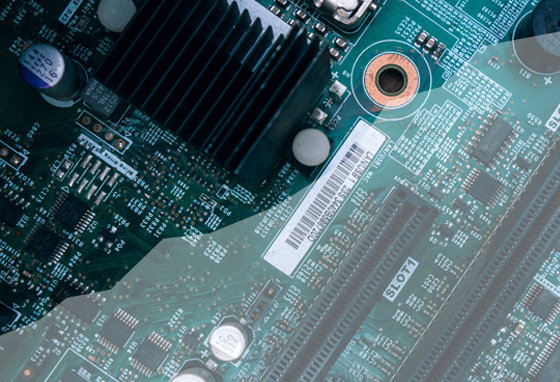 Hackers and cyber thieves are growing in number and in the sophistication of their attacks. Attacks that do not require hackers to directly breach systems – fileless attacks – are ten times more likely to succeed than file-based attacks. These fileless attacks, also known as zero-footprint, macro, or non-malware attacks use legitimate applications or even the operating system. These types of attacks don’t install new software on a user’s computer, so antivirus tools are more likely to miss them.
Hackers and cyber thieves are growing in number and in the sophistication of their attacks. Attacks that do not require hackers to directly breach systems – fileless attacks – are ten times more likely to succeed than file-based attacks. These fileless attacks, also known as zero-footprint, macro, or non-malware attacks use legitimate applications or even the operating system. These types of attacks don’t install new software on a user’s computer, so antivirus tools are more likely to miss them.
Cyber thieves are setting their sights higher, as well, shutting down systems and demanding expensive ransoms.
In 2017, the insurance world saw the significant threat of ransomware in the forms of Petya, NotPetya, and WannaCry malware attacks that infected computer systems in over 150 countries and ground operations to a halt across numerous industries, including universities, hospitals, shipping companies, and governments.
While the exact losses associated with these events may never be known, estimates for the NotPetya attack stand at $10 billion; the total from the WannaCry attack, $4 billion. Some estimates have the Petya attack costing 10 times that of WannaCry.
Even with such high-profile cyberattacks, the market for cyber insurance is still flush with availability. With more demand for cyber coverage coming from buyers and relatively few major cyber loss events, the number of carriers offering cyber coverage has grown significantly; there are 170 carriers writing cyber liability, with 30 new market entrants this year and 26 new entrants in 2016. As a result, pricing has remained low and capacity is plentiful.
2018: Risks up close
The abundance of coverage does not indicate a lack of risks, instead, quite the opposite. 2018 brought these changes to the cyber market:
Increased Ransomware Attacks


